Abstract
Incised wounding of rat skin had a significant effect on the number of eosinophils both within the scar and in the adjacent areas. The numbers increased, after the inflammatory phase, to a peak between the 7th and 12th-14th days after wounding and remained elevated for the rest of the 30-day experimental period. In the areas contiguous to wounds, the dense bundles of collagenous fibres characteristic of normal dermis became progressively more dispersed from the 3rd to the 14th day, and then gradually re-aggregated into bundles. The fact that eosinophils, which are known to be collagenolytic, increase in numbers and change in morphology at the same time as newly formed scar collagen is remodelled and fibres around wounds are aggregated indicates a role for these cells in connective tissue metabolism. It is suggested that the dispersion of the collagenous fibres in the areas around wounds which occurs before the rise in eosinophil numbers could be related to the known increase in sulphated glycosaminoglycans around incised wounds.
Full text
PDF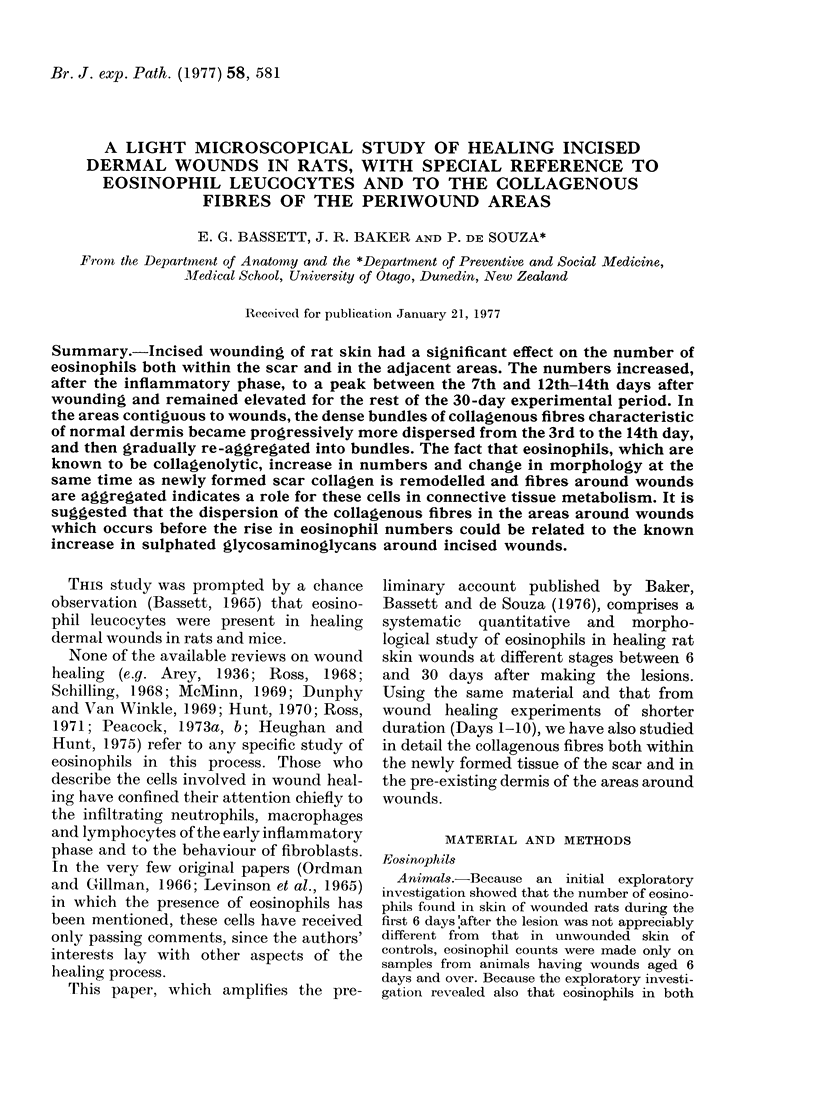
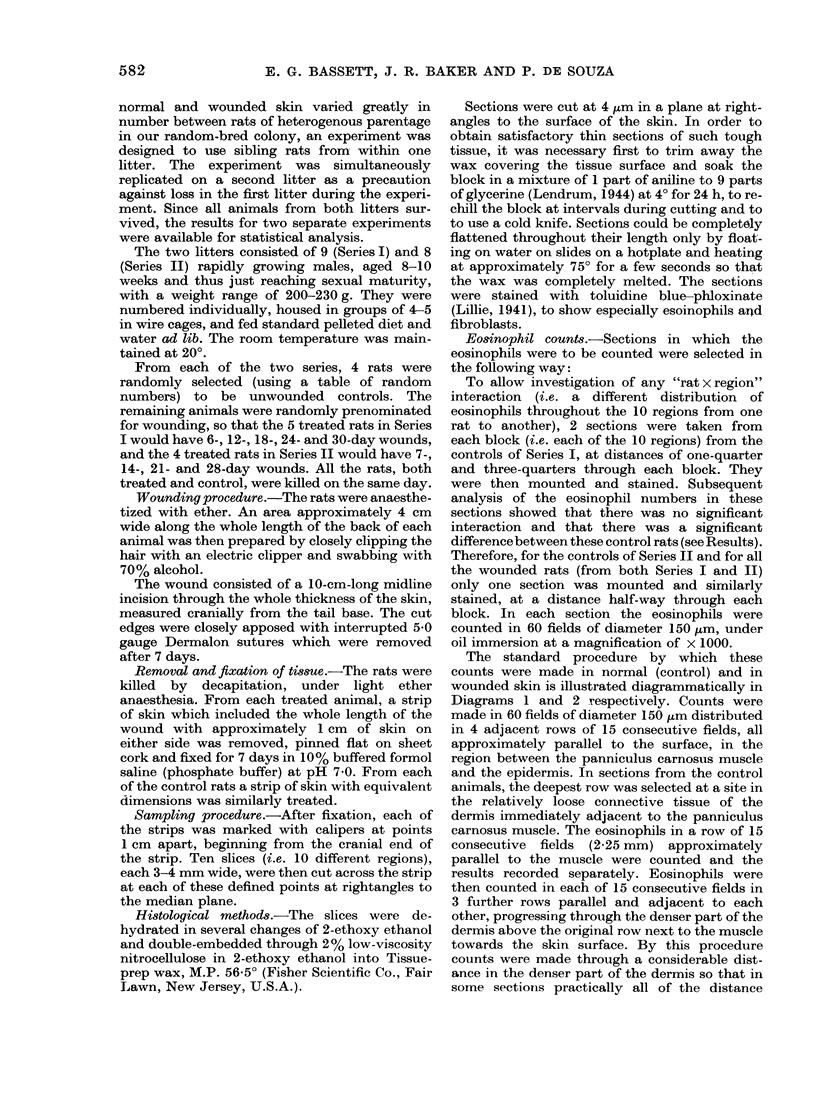
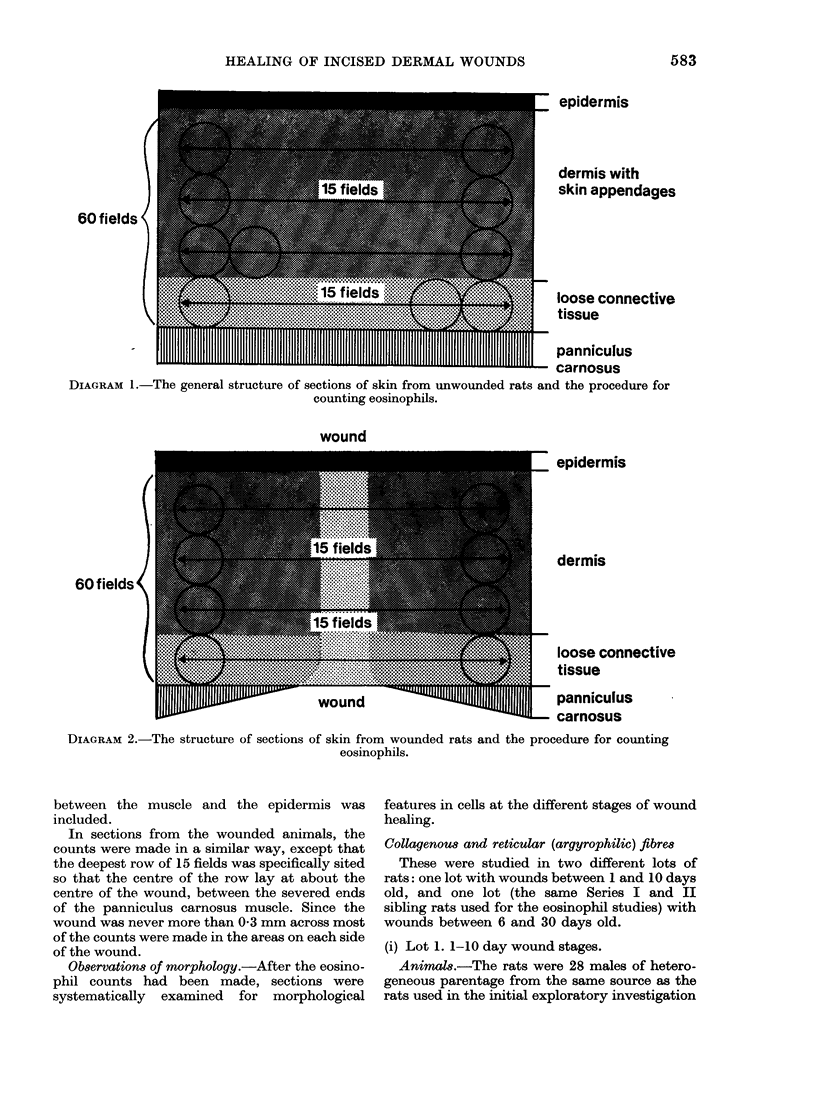
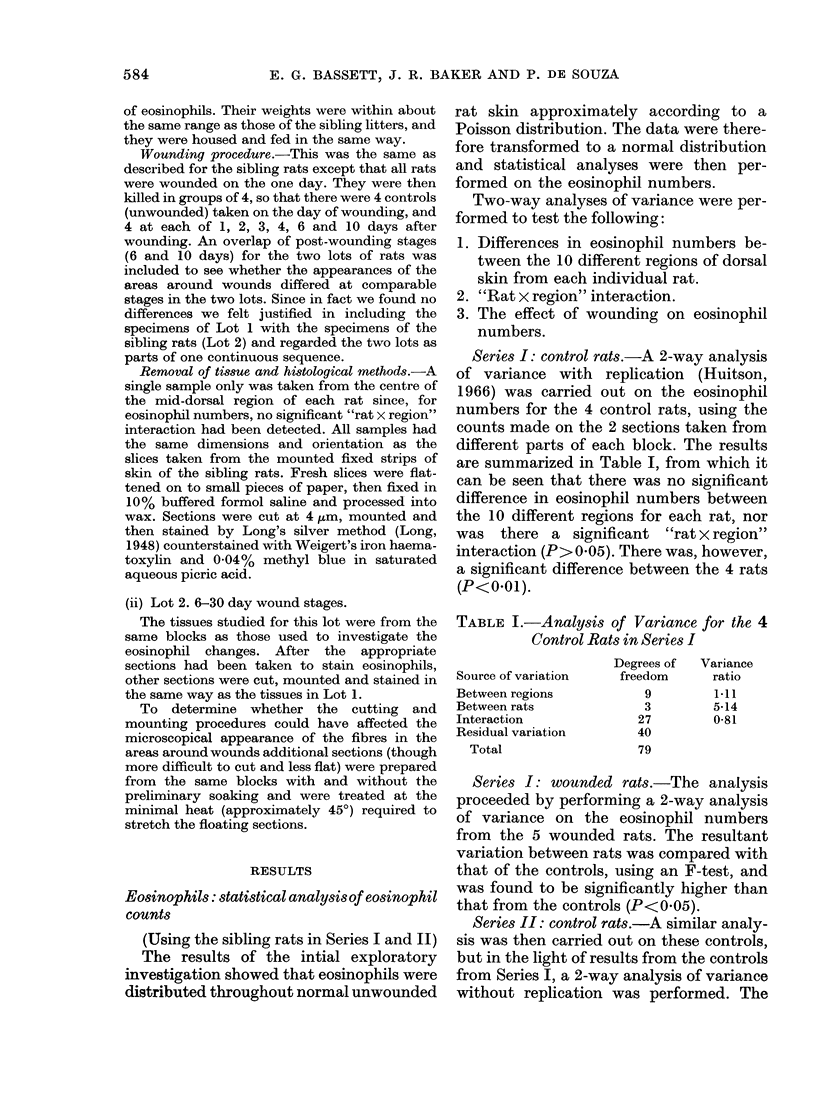
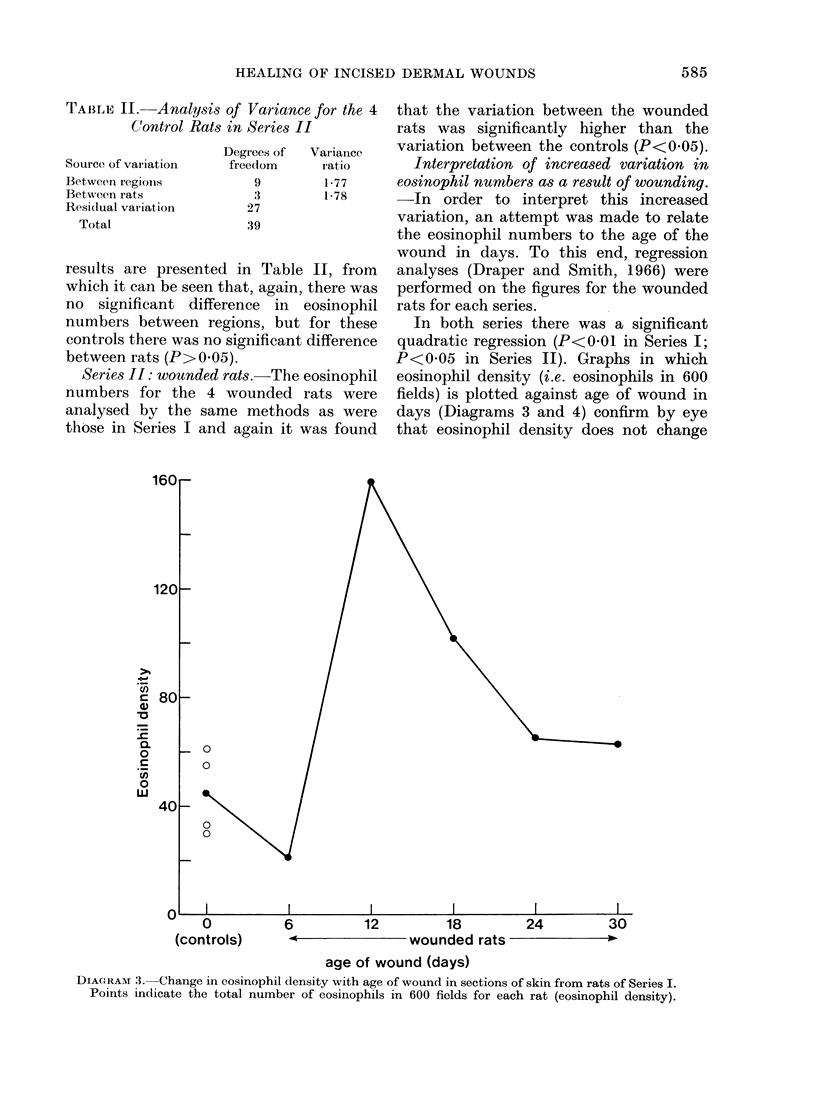
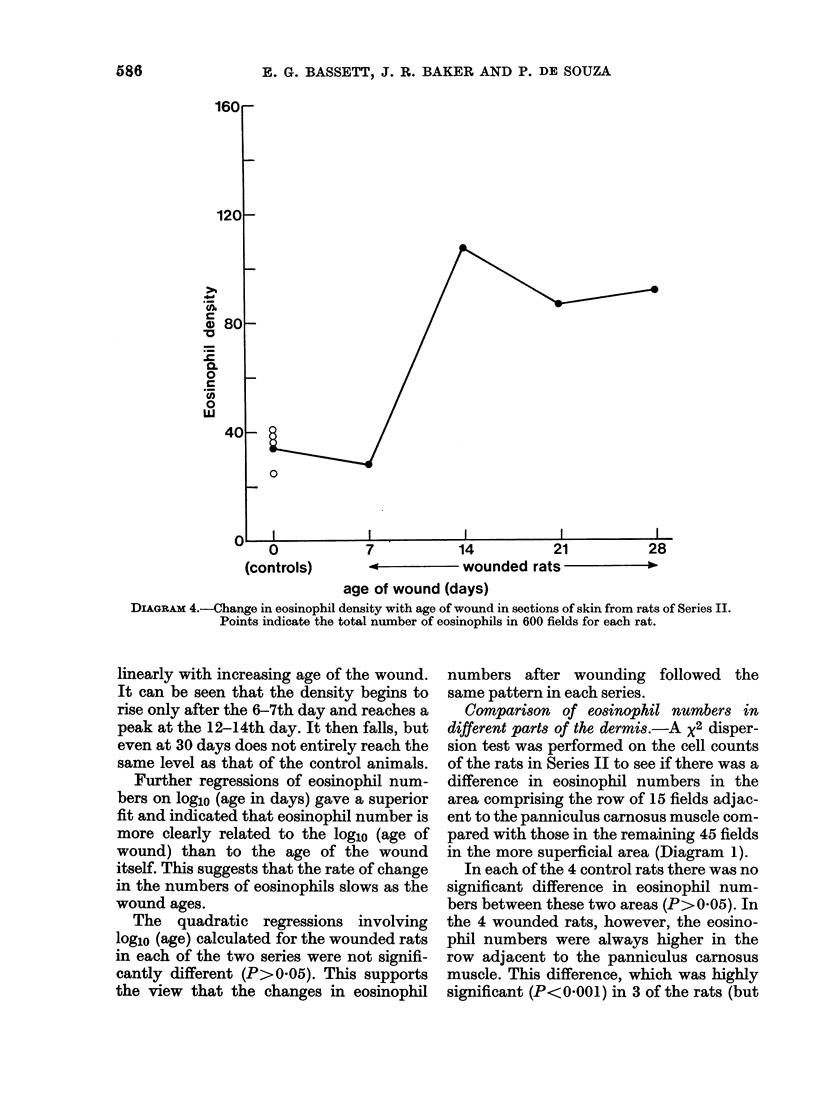
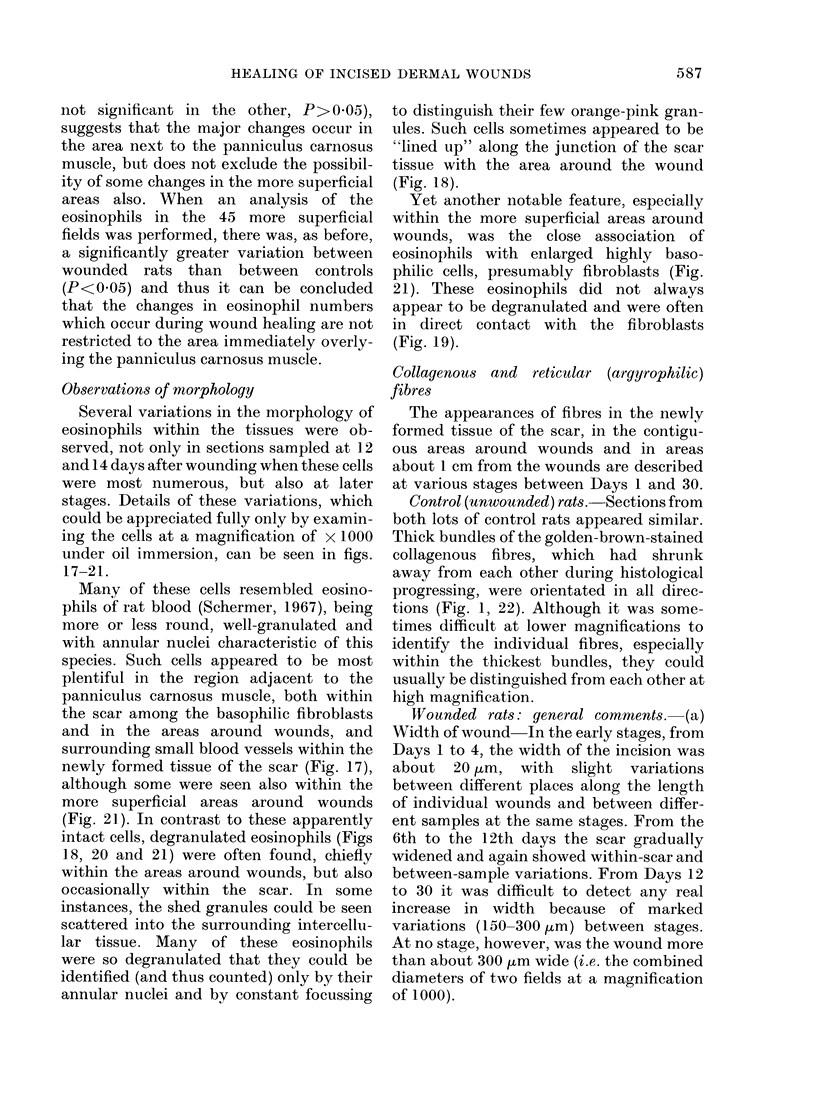
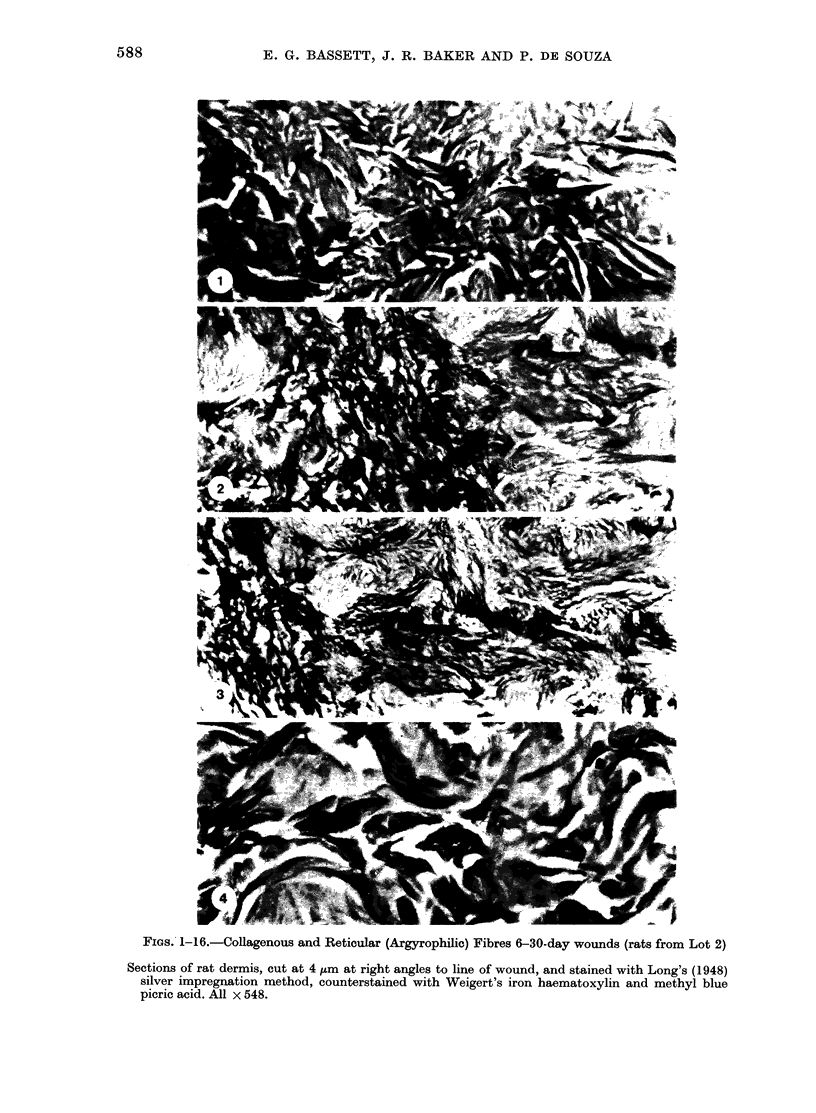

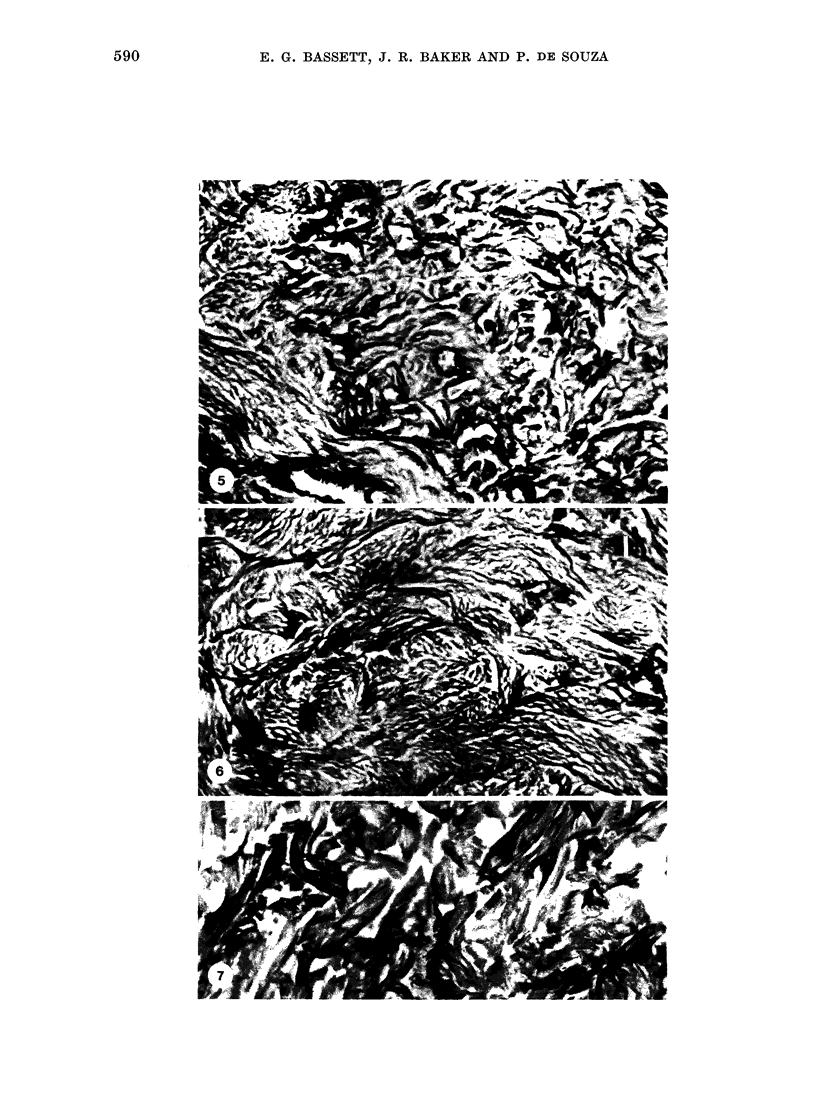
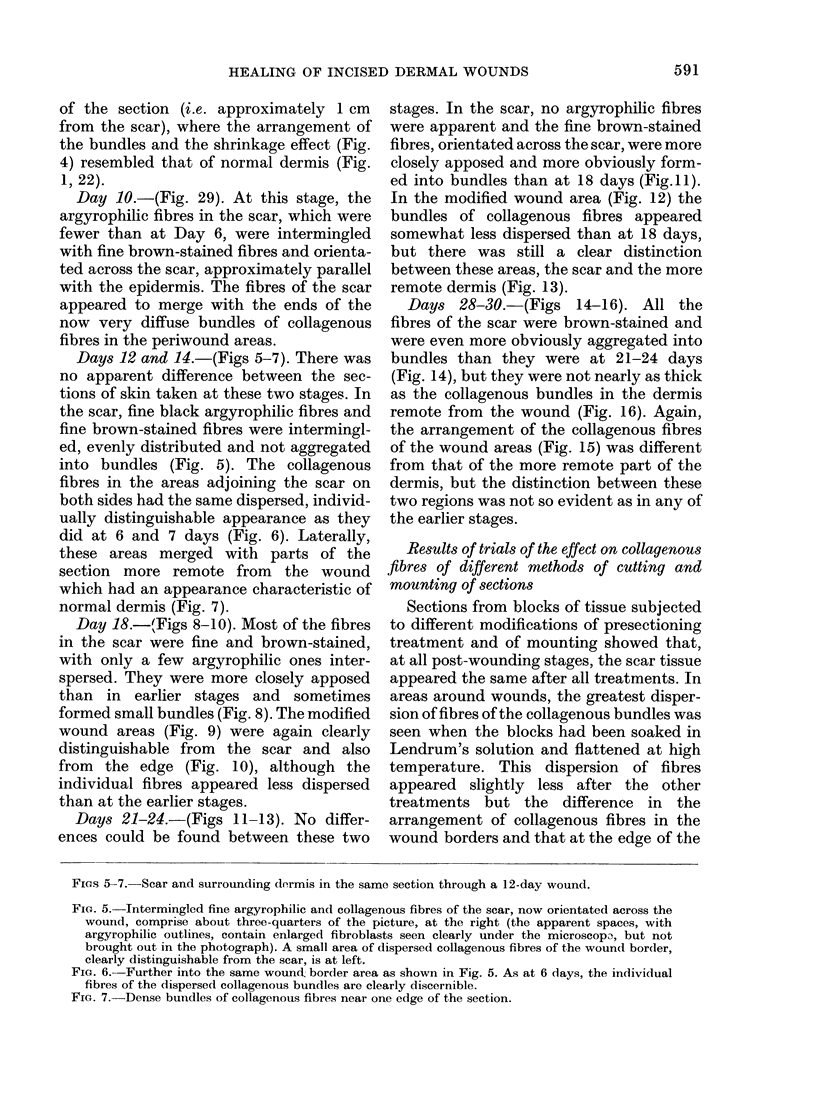
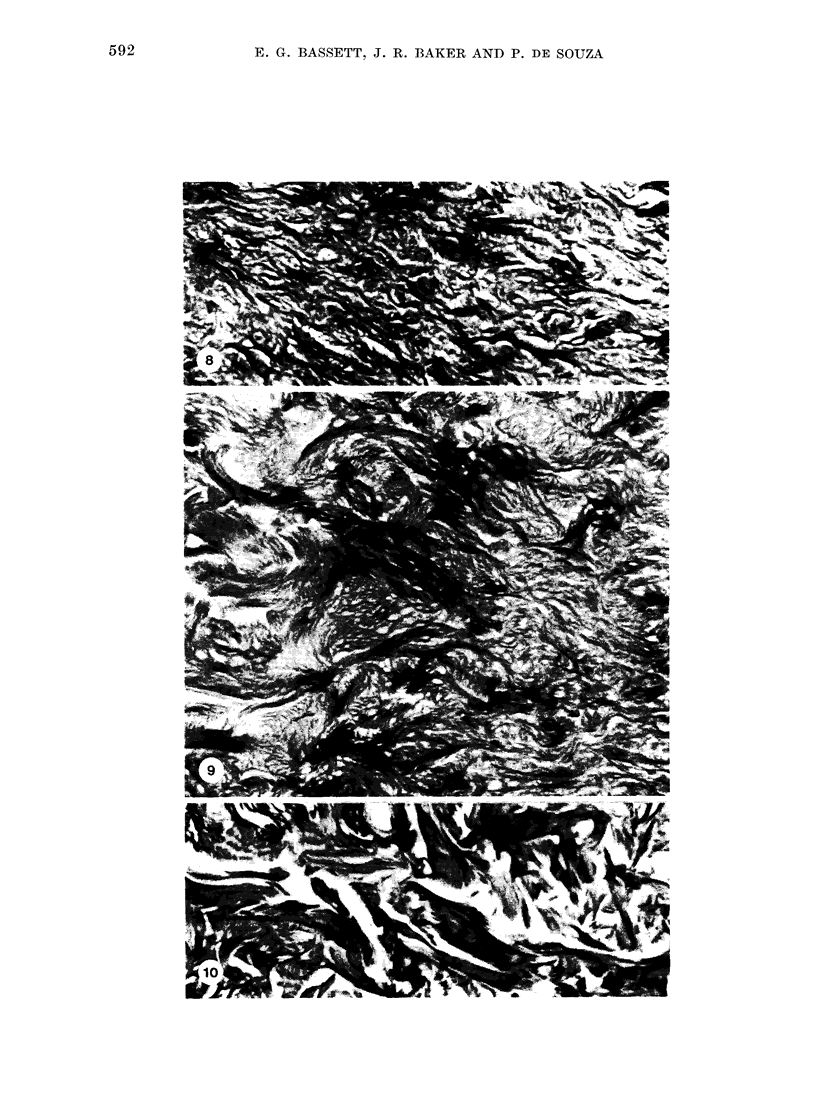
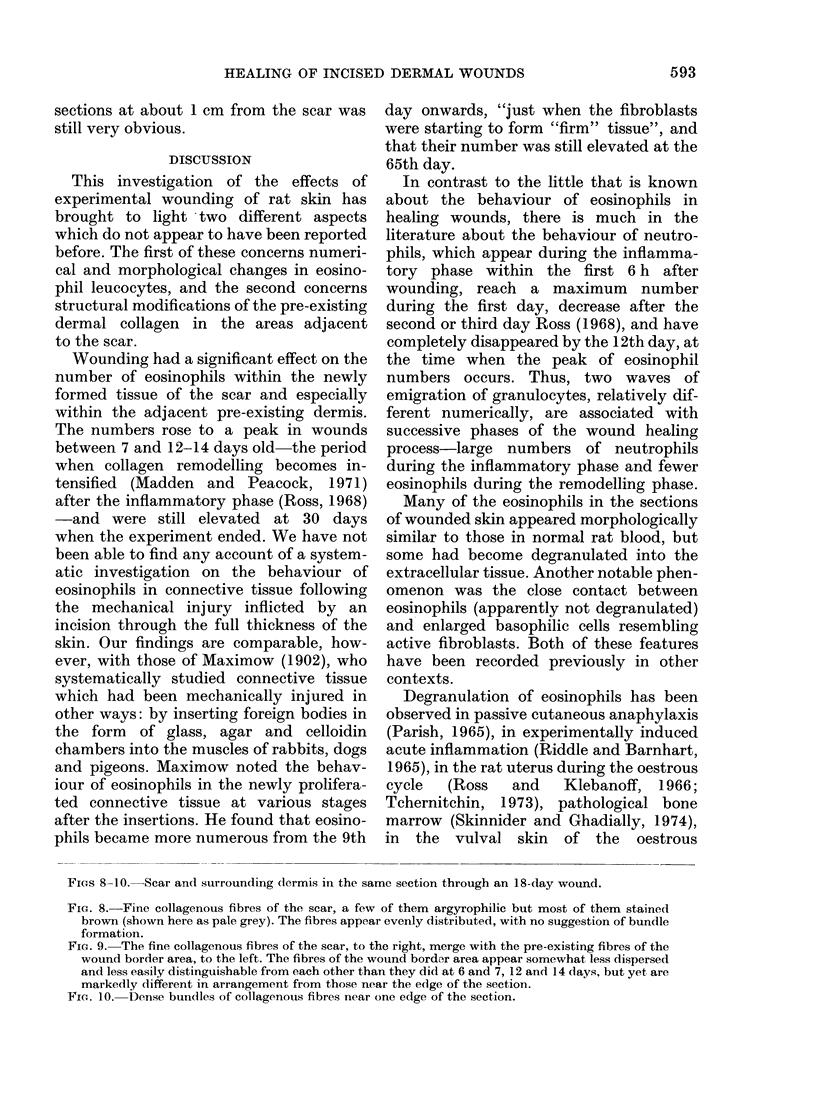
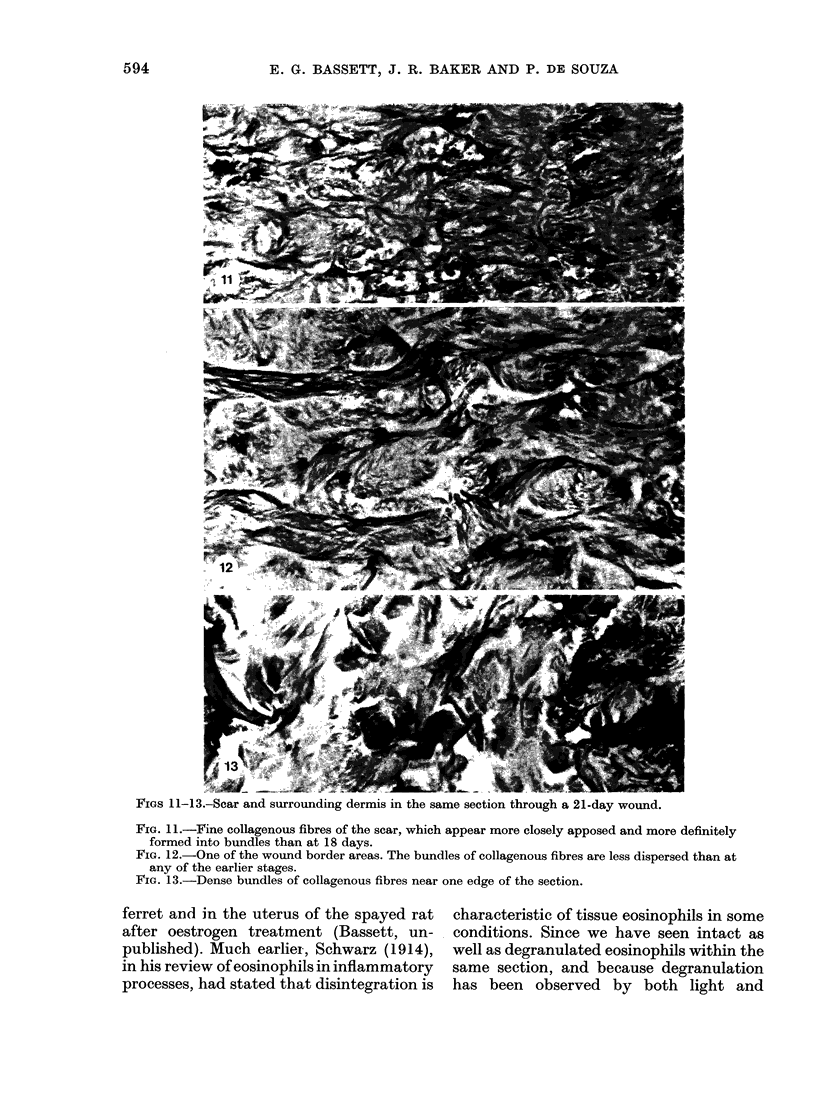
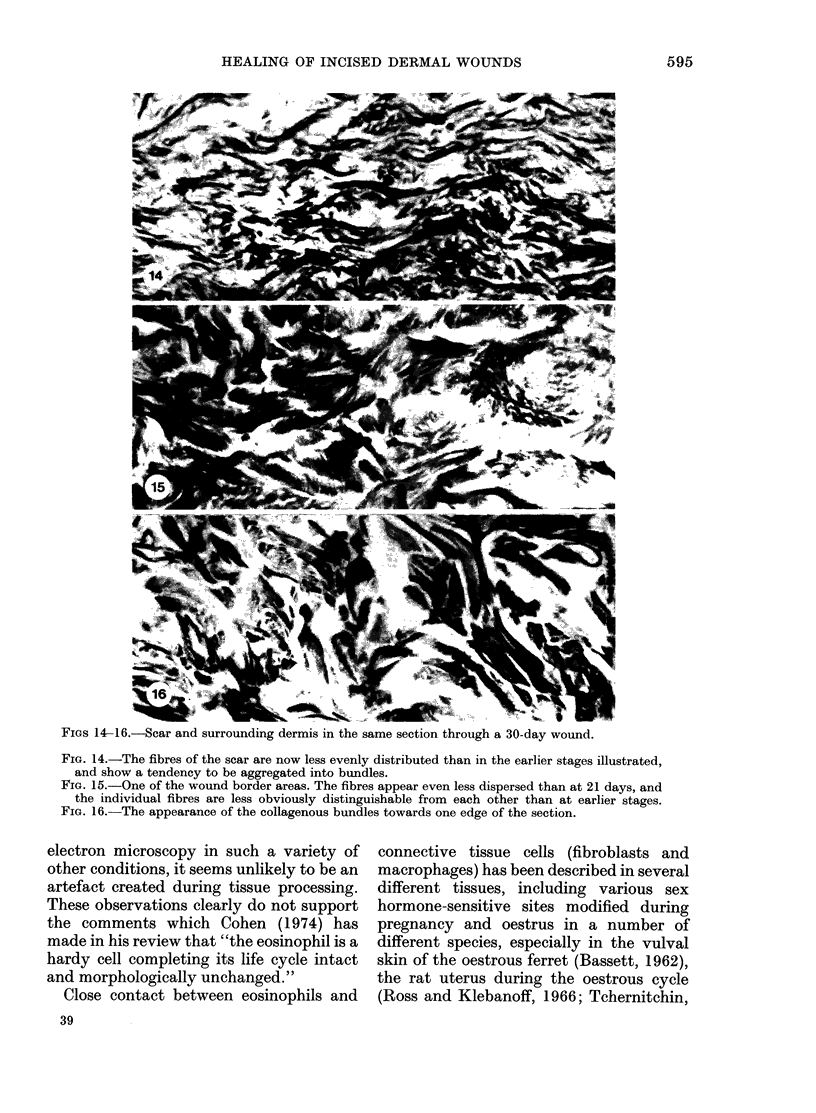
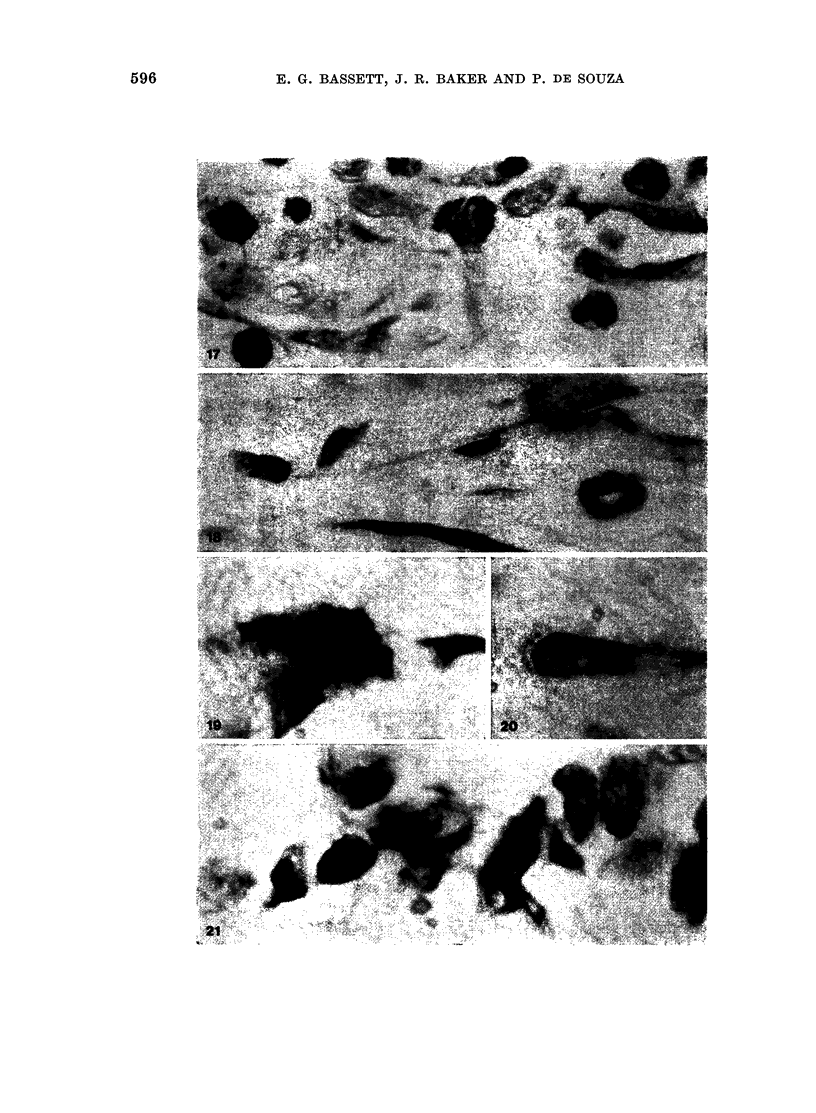

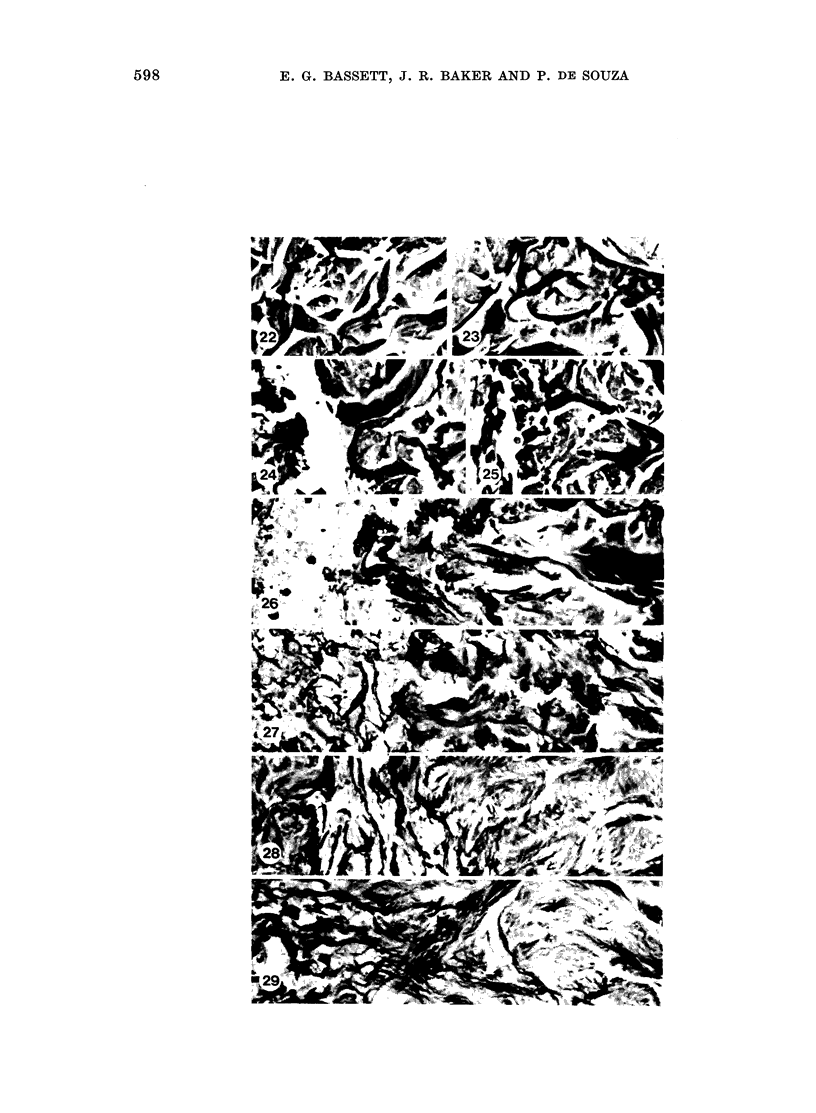

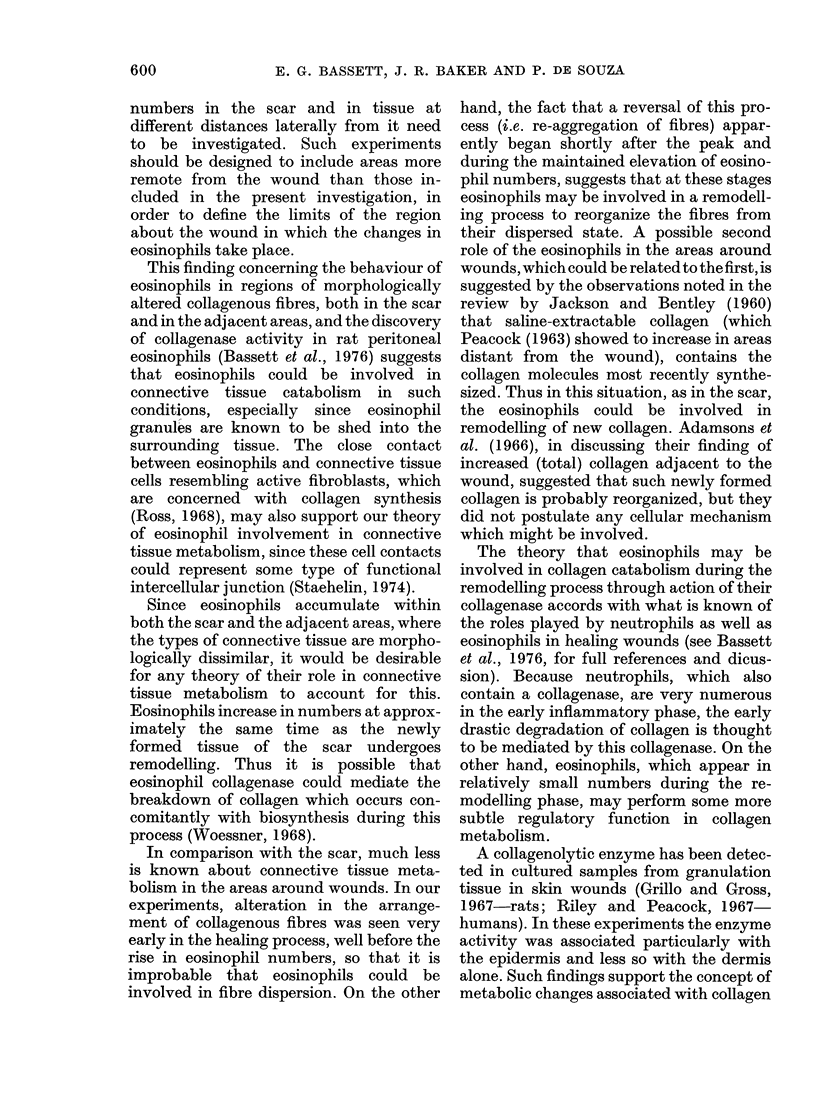
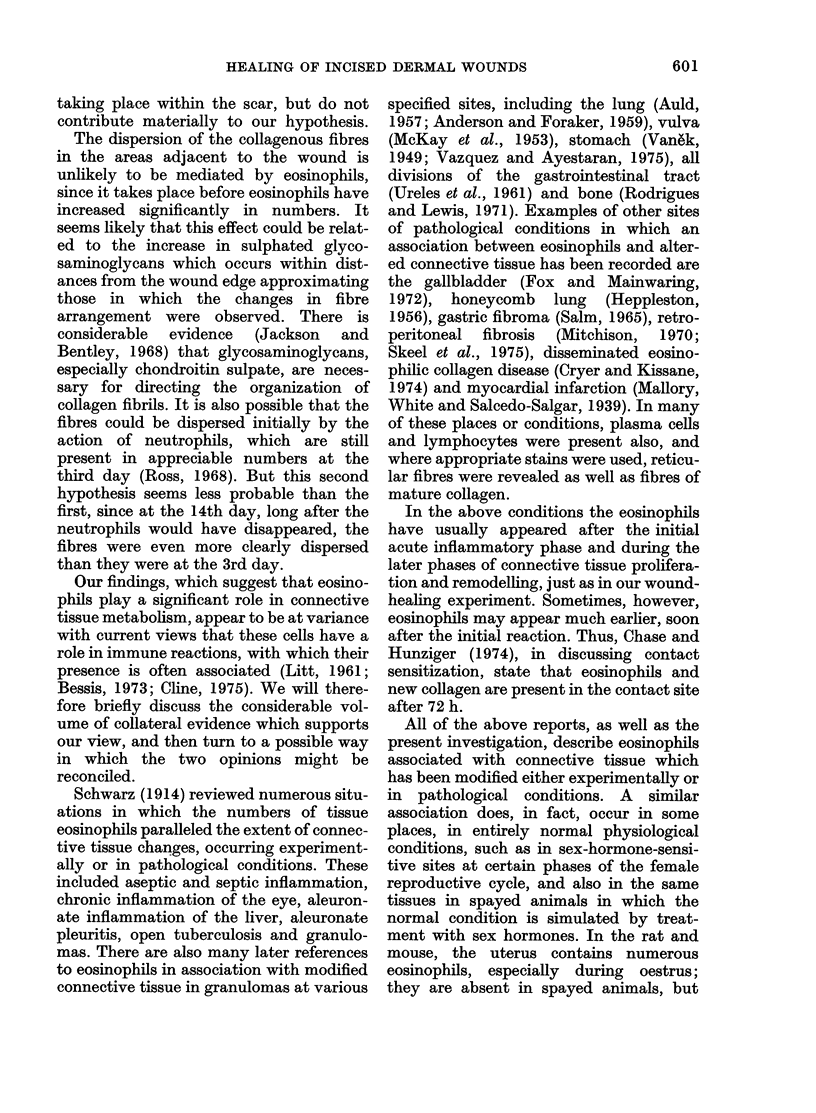
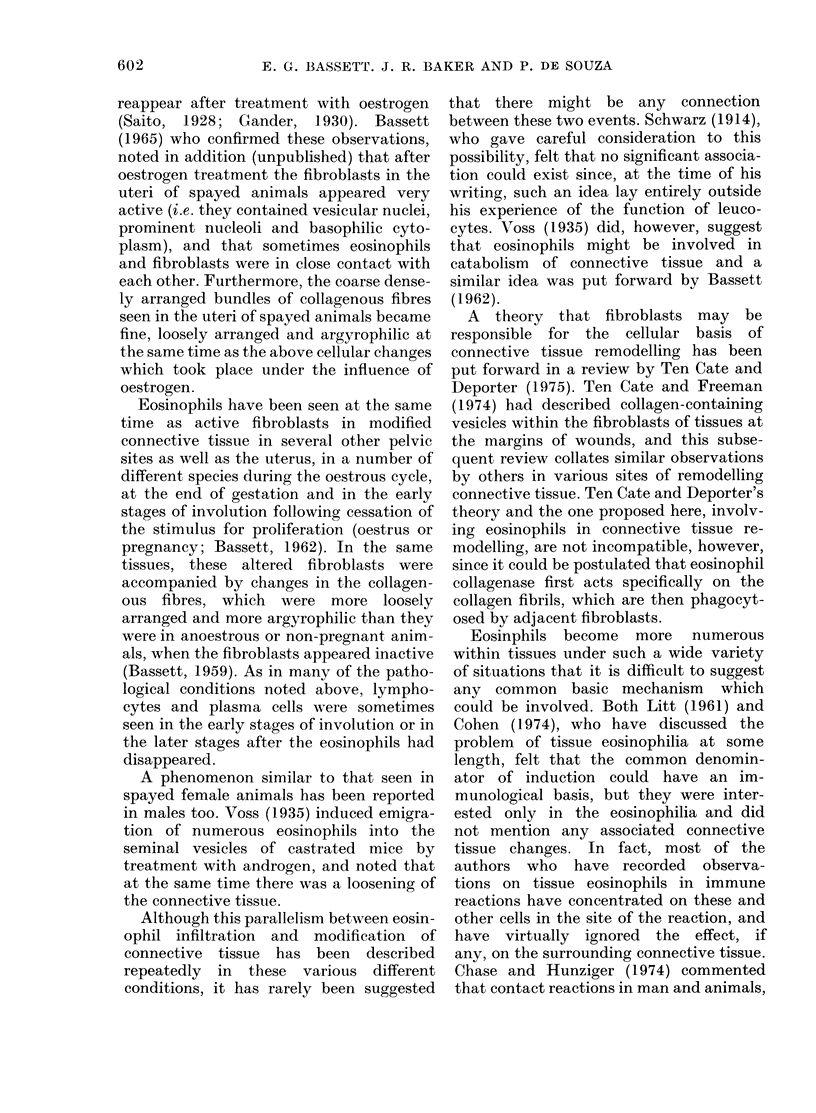
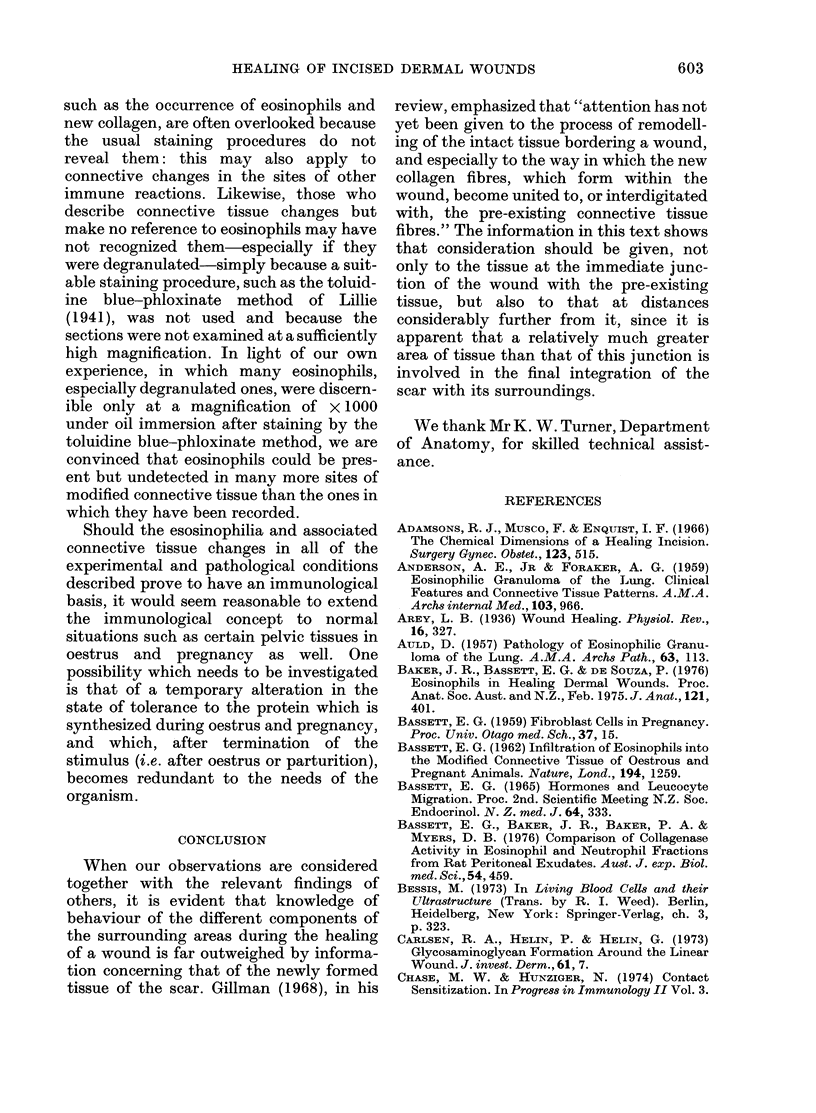

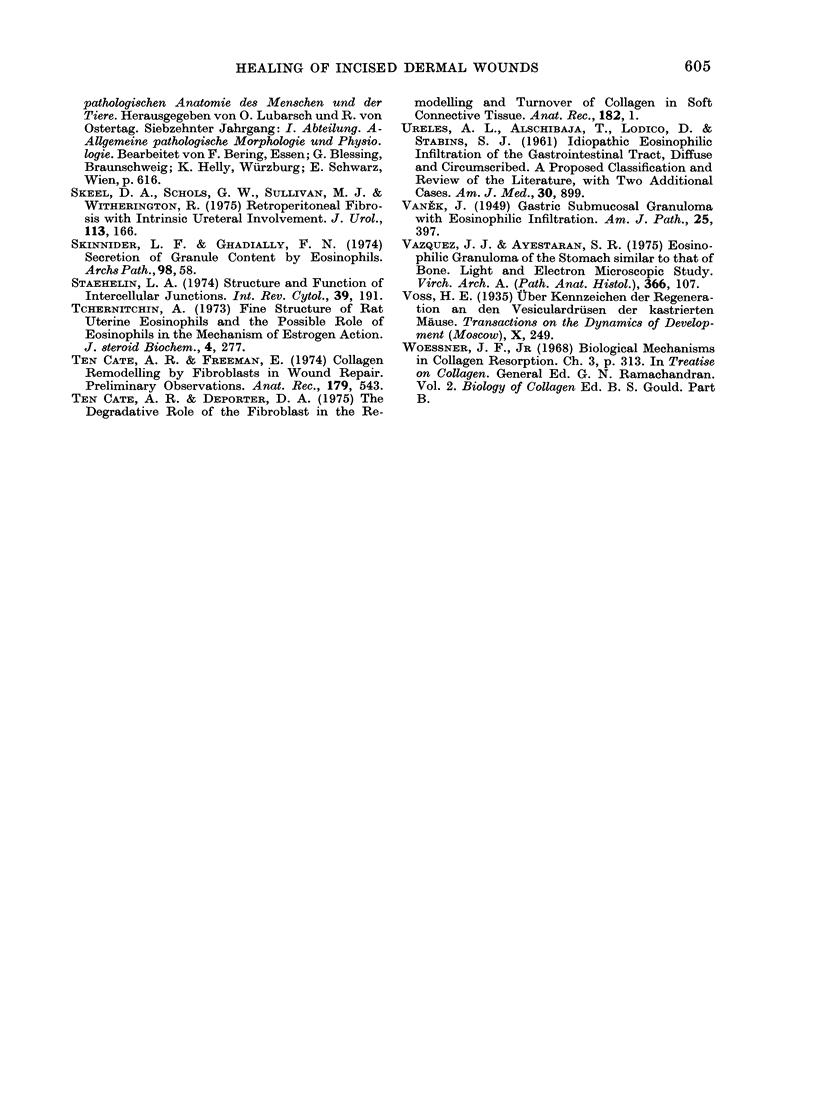
Images in this article
Selected References
These references are in PubMed. This may not be the complete list of references from this article.
- AULD D. Pathology of eosinophilic granuloma of the lung. AMA Arch Pathol. 1957 Feb;63(2):113–131. [PubMed] [Google Scholar]
- Adamsons R. J., Musco F., Enquist I. F. The chemical dimensions of a healing incision. Surg Gynecol Obstet. 1966 Sep;123(3):515–521. [PubMed] [Google Scholar]
- Bassett E. G., Baker J. R., BAKER P. A., MYERS D. B. Comparison of collagenase activity in eosinophil and neutrophil fractions from rat peritoneal exudates. Aust J Exp Biol Med Sci. 1976 Oct;54(5):459–465. doi: 10.1038/icb.1976.46. [DOI] [PubMed] [Google Scholar]
- Carlsen R. A., Helin P., Helin G. Glycosaminoglycan formation around the linear wound. J Invest Dermatol. 1973 Jul;61(1):7–11. doi: 10.1111/1523-1747.ep12673887. [DOI] [PubMed] [Google Scholar]
- Fox H., Mainwaring A. R. Eosinophilic infiltration of the gallbladder. Gastroenterology. 1972 Dec;63(6):1049–1052. [PubMed] [Google Scholar]
- Grillo H. C., Gross J. Collagenolytic activity during mammalian wound repair. Dev Biol. 1967 Apr;15(4):300–317. doi: 10.1016/0012-1606(67)90029-2. [DOI] [PubMed] [Google Scholar]
- HEPPLESTON A. G. The pathology of honeycomb lung. Thorax. 1956 Jun;11(2):77–93. doi: 10.1136/thx.11.2.77. [DOI] [PMC free article] [PubMed] [Google Scholar]
- Heughan C., Hunt T. K. Some aspects of wound healing research: a review. Can J Surg. 1975 Mar;18(2):118–126. [PubMed] [Google Scholar]
- Hunt T. K. Current challenges for wound healing research. J Trauma. 1970 Nov;10(11):1001–1009. doi: 10.1097/00005373-197011000-00014. [DOI] [PubMed] [Google Scholar]
- LEVENSON S. M., GEEVER E. F., CROWLEY L. V., OATES J. F., 3rd, BERARD C. W., ROSEN H. THE HEALING OF RAT SKIN WOUNDS. Ann Surg. 1965 Feb;161:293–308. doi: 10.1097/00000658-196502000-00019. [DOI] [PMC free article] [PubMed] [Google Scholar]
- LITT M. Studies in experimental eosinophilia. III. The induction of peritoneal eosinophilia by the passive transfer of serum antibody. J Immunol. 1961 Nov;87:522–529. [PubMed] [Google Scholar]
- MCKAY D. G., STREET R. B., Jr, BENIRSCHKE K., DUNCAN C. J. Eosinophilic granuloma of the vulva. Surg Gynecol Obstet. 1953 Apr;96(4):437–447. [PubMed] [Google Scholar]
- Madden J. W., Peacock E. E., Jr Studies on the biology of collagen during wound healing. 3. Dynamic metabolism of scar collagen and remodeling of dermal wounds. Ann Surg. 1971 Sep;174(3):511–520. doi: 10.1097/00000658-197109000-00017. [DOI] [PMC free article] [PubMed] [Google Scholar]
- Moore C. D., Diegelmann R. F., Cohen I. K. Collagen synthesis in primary and secondary rat skin wounds. Surg Forum. 1975;26:558–560. [PubMed] [Google Scholar]
- Ordman L. J., Gillman T. Studies in the healing of cutaneous wounds. I. The healing of incisions through the skin of pigs. Arch Surg. 1966 Dec;93(6):857–882. doi: 10.1001/archsurg.1966.01330060001001. [DOI] [PubMed] [Google Scholar]
- PEACOCK E. E., Jr VARIATIONS IN THE AMOUNT OF SALINE EXTRACTABLE COLLAGEN IN SKIN DISTANT TO A HEALING WOUND. J Surg Res. 1963 Jul;3:250–253. doi: 10.1016/s0022-4804(63)80051-7. [DOI] [PubMed] [Google Scholar]
- Peacock E. E., Jr Biologic frontiers in the control of healing. Thomas G. Orr Memorial Lecture. Am J Surg. 1973 Dec;126(6):708–713. doi: 10.1016/s0002-9610(73)80054-6. [DOI] [PubMed] [Google Scholar]
- RIDDLE J. M., BARNHART M. I. THE EOSINOPHIL AS A SOURCE FOR PROFIBRINOLYSIN IN ACUTE INFLAMMATION. Blood. 1965 May;25:776–794. [PubMed] [Google Scholar]
- Riley W. B., Jr, Peacock E. E., Jr Identification, distribution, and significance of a collagenolytic enzyme in human tissues. Proc Soc Exp Biol Med. 1967 Jan;124(1):207–210. doi: 10.3181/00379727-124-31702. [DOI] [PubMed] [Google Scholar]
- Rodrigues R. J., Lewis H. H. Eosinophilic granuloma of bone. Review of literature and case presentation. Clin Orthop Relat Res. 1971;77:183–192. [PubMed] [Google Scholar]
- Ross R., Klebanoff S. J. The eosinophilic leukocyte. Fine structure studies of changes in the uterus during the estrous cycle. J Exp Med. 1966 Oct 1;124(4):653–660. doi: 10.1084/jem.124.4.653. [DOI] [PMC free article] [PubMed] [Google Scholar]
- Ross R. The fibroblast and wound repair. Biol Rev Camb Philos Soc. 1968 Feb;43(1):51–96. doi: 10.1111/j.1469-185x.1968.tb01109.x. [DOI] [PubMed] [Google Scholar]
- SALM R. GASTRIC FIBROMA WITH EOSINOPHILIC INFILTRATION. Gut. 1965 Feb;6:85–91. doi: 10.1136/gut.6.1.85. [DOI] [PMC free article] [PubMed] [Google Scholar]
- Schilling J. A. Wound healing. Physiol Rev. 1968 Apr;48(2):374–423. doi: 10.1152/physrev.1968.48.2.374. [DOI] [PubMed] [Google Scholar]
- Skeel D. A., Shols G. W., Sullivan M. J., Witherington R. Retroperitoneal fibrosis with intrinsic ureteral involvement. J Urol. 1975 Feb;113(2):166–169. doi: 10.1016/s0022-5347(17)59434-3. [DOI] [PubMed] [Google Scholar]
- Skinnider L. F., Ghadially F. N. Secretion of granule content by eosinophils. Arch Pathol. 1974 Jul;98(1):58–61. [PubMed] [Google Scholar]
- Staehelin L. A. Structure and function of intercellular junctions. Int Rev Cytol. 1974;39:191–283. doi: 10.1016/s0074-7696(08)60940-7. [DOI] [PubMed] [Google Scholar]
- Tchernitchin A. Fine structure of rat uterine eosinophils and the possible role of eosinophils in the mechanism of estrogen action. J Steroid Biochem. 1973 May;4(3):277–282. doi: 10.1016/0022-4731(73)90051-4. [DOI] [PubMed] [Google Scholar]
- Ten Cate A. R., Freeman E. Collagen remodelling by fibroblasts in wound repair. Preliminary observations. Anat Rec. 1974 Aug;179(4):543–546. doi: 10.1002/ar.1091790414. [DOI] [PubMed] [Google Scholar]
- URELES A. L., ALSCHIBAJA T., LODICO D., STABINS S. J. Idiopathic eosinophilic infiltration of the gastrointestinal tract, diffuse and circumscribed; a proposed classification and review of the literature, with two additional cases. Am J Med. 1961 Jun;30:899–909. doi: 10.1016/0002-9343(61)90178-4. [DOI] [PubMed] [Google Scholar]
- VANEK J. Gastric submucosal granuloma with eosinophilic infiltration. Am J Pathol. 1949 May;25(3):397–411. [PMC free article] [PubMed] [Google Scholar]
- Vazquez J. J., Ayestaran J. R. Eosinophilic granuloma of the stomach similar to that of bone: light and electron microscopic study. Virchows Arch A Pathol Anat Histol. 1975;366(2):107–111. doi: 10.1007/BF00433584. [DOI] [PubMed] [Google Scholar]































